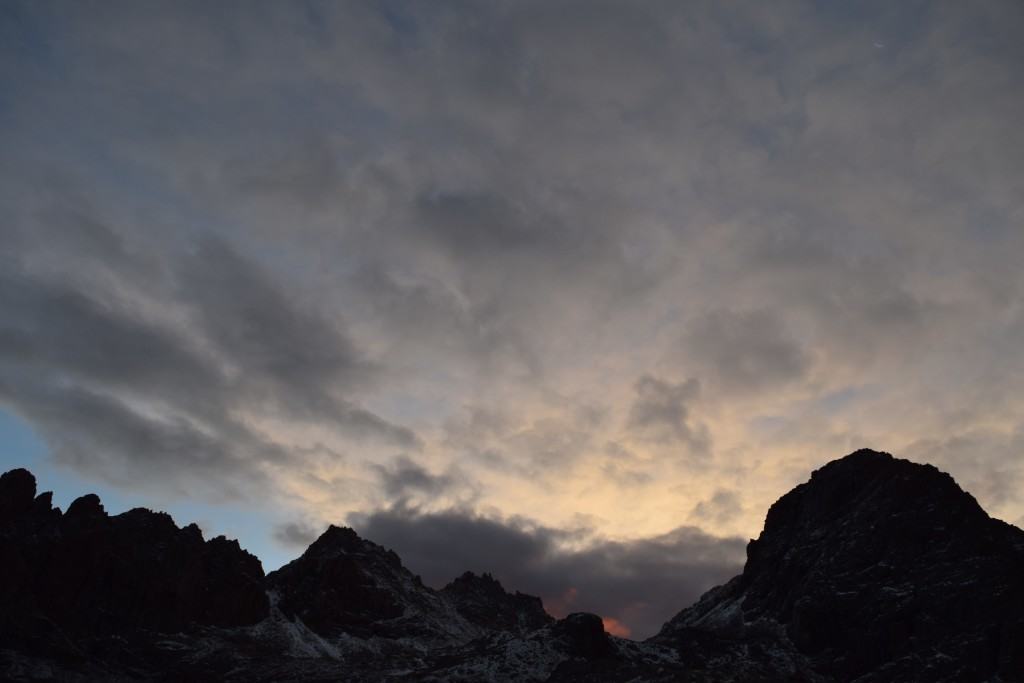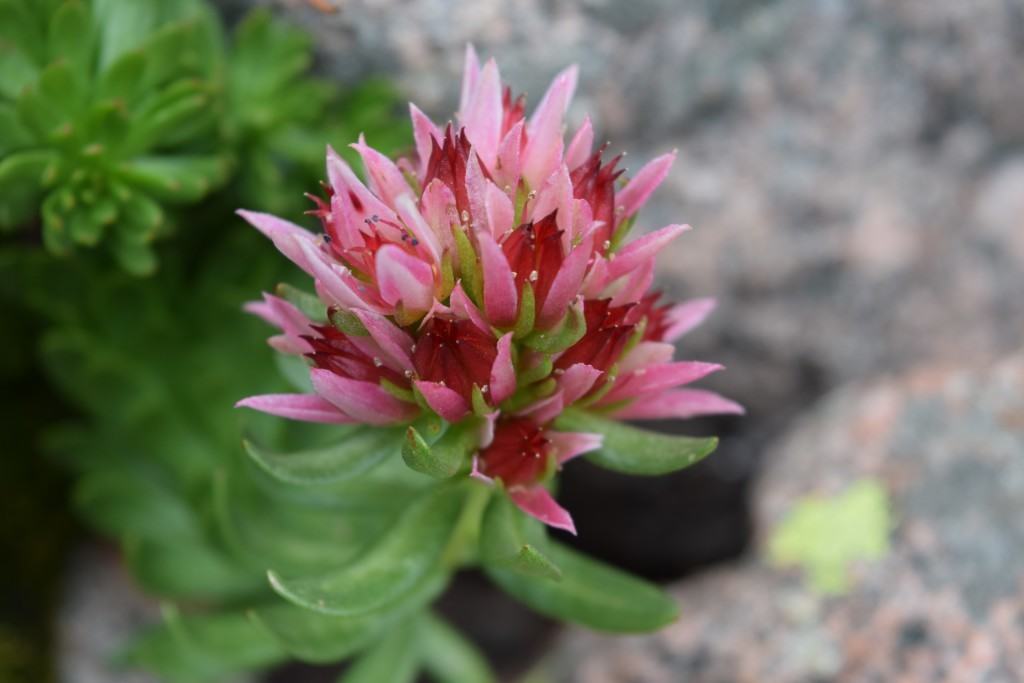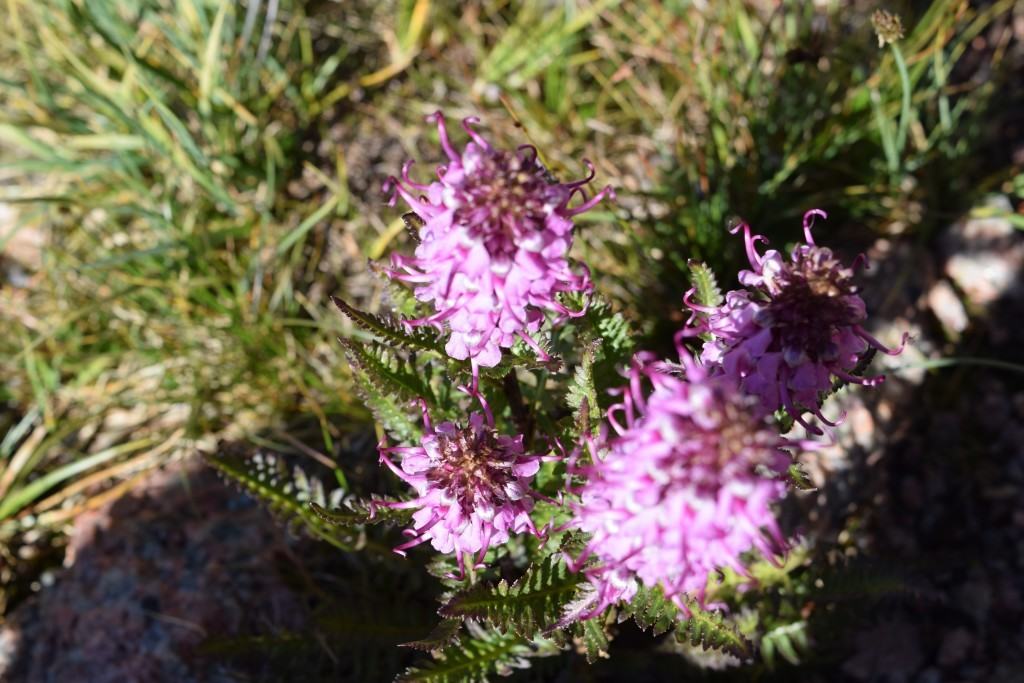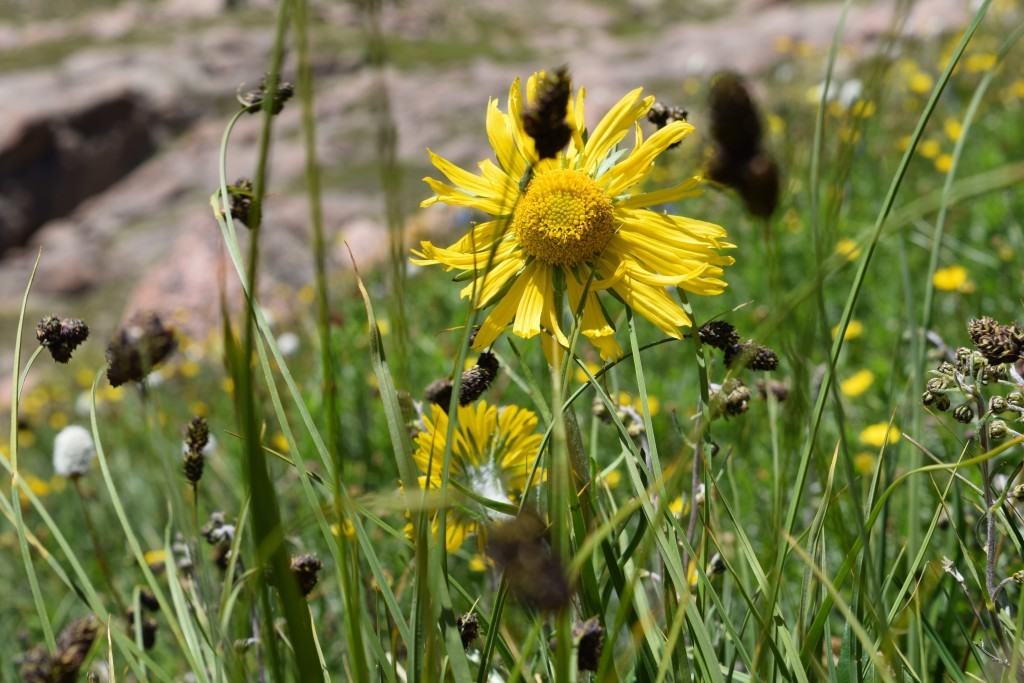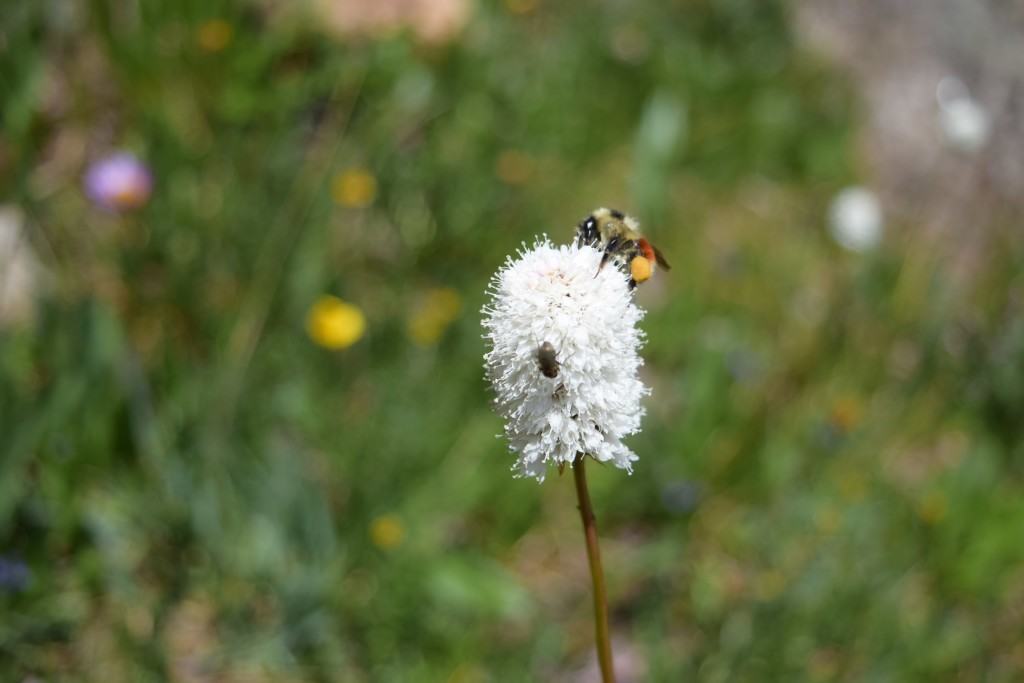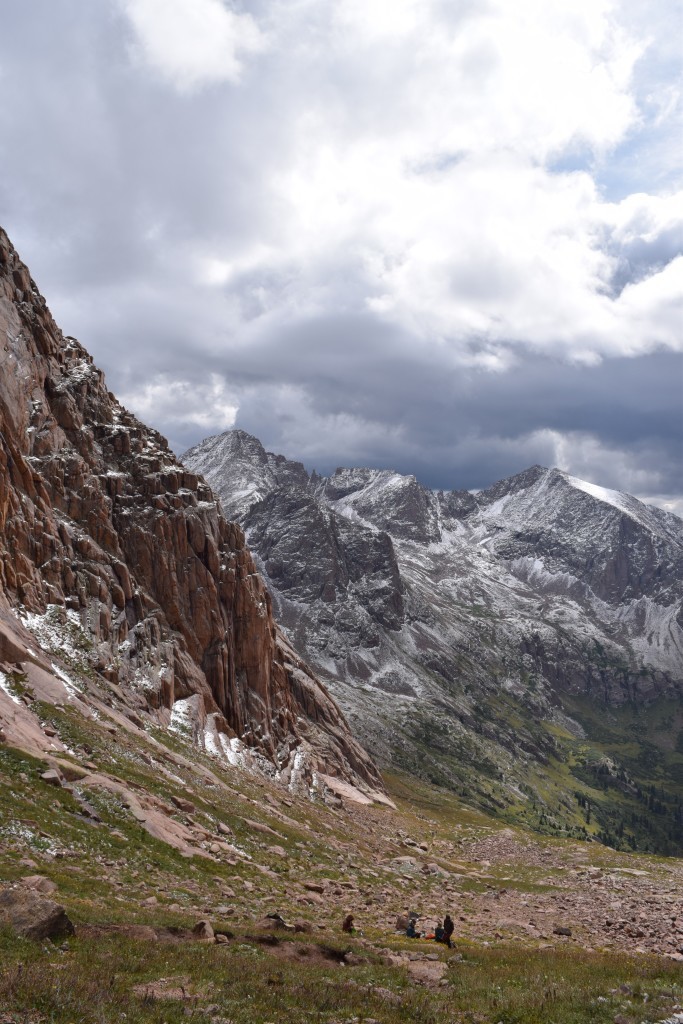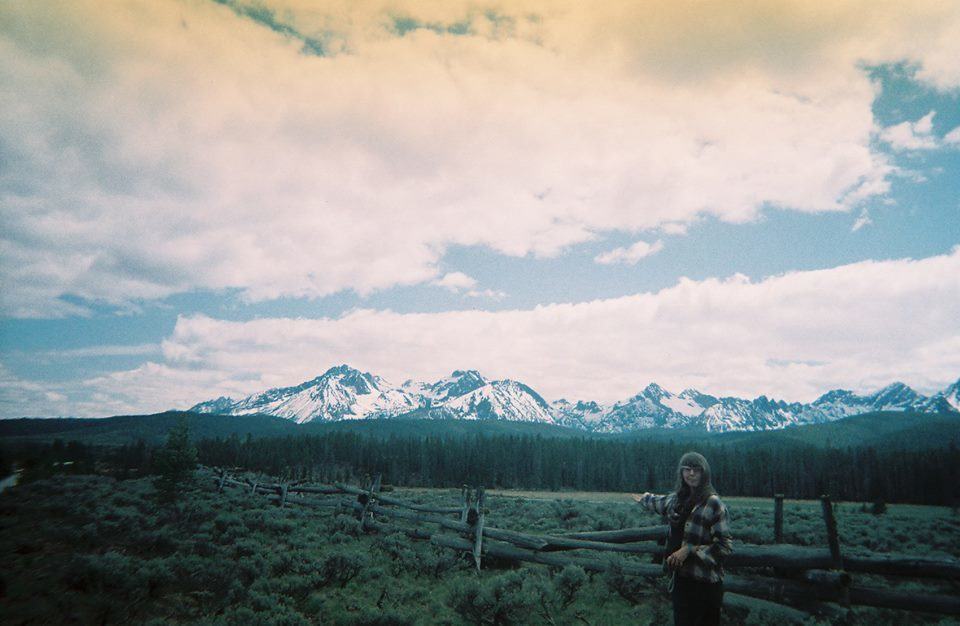As many contributors, outdoor advocates and supporters of CFI know we are an organization of many missions; building sustainable trails, educating hikers, as well as protecting and restoring the alpine tundra. This season I have been more conscious about the tundra-scape than any from the past few years I have been upon the mountaintops.
Each season we are educated, during training in May, with an inspiring presentation from Loretta McElhinney, and this year’s has resonated with me more than ever. It’s extremely hard not to be aware of all the inhabitants in the tundra while hiking through the meadows in Chicago Basin. There is such an abundance of flowers, sedges and grasses, as well as the varieties in species. I have never been in a more picturesque oasis.
You may be wondering, what makes these plants so special? Well, let me tell you a few fun factoids. As we know the alpine is extremely exposed, thriving above treeline. The weather up top isn’t your typical sunshine, blue bird days. These plants endure the high winds, the rain, the snow, and extreme sun exposure. The growing season is about a month and a half for these beauties to flower, go to seed and go back to sleep. Some of the tap roots that these plants have can be 3 feet or longer. Put your nose to the ground if you are not seeing what I see up there. Many of these plants have adapted to these harsh conditions by stunting their growth; some plants grow hairs which allow them to trap more heat; many flowers contain anthocyanins which create pigments (blue, red, purple) and they convert light into heat. Most of these plants are perennials, which means they don’t grow stems, leaves, flowers and fruit each season.
So, these plants work very, very hard for their survival; and stepping on them, sitting or laying upon a patch (which we witness many hikers doing), will ultimately kill these slow growing beauties. I believe ten steps upon a tundra patch will bring these plants to their demise.
I feel as if many hikers are unaware of the fragility of the alpine tundra. I only bring this up because multiple times in a hitch, or even in a day, our trail crew, as the educators up there are constantly asking hikers to “please stay on the trail”, or to “step on a rock instead of a plant” if they need to take a break.
So if this thought ever crosses your mind, “Ooooh, well this patch of green looks so soft maybe I will just step on it.” and “OOOOh, my knees are killing me because of all these rocks and the steepness I should just step on this squishy patch of earth…” DONT DO IT. RESIST! Because under your feet the plants are screaming for their lives.
I’d like to conclude this ramble with a quotation from Guy Murchie.
“Should one not, moreover, be humbled rather than shocked to realize that more creatures live on a normal man than all the men living on Earth? And should one not be awed by the evidence that these creatures live in a more stable balance with nature than men do and more likely with a better moral reason for what they are doing to man than man has for what he is doing to Earth?
Yet, without undue worrying about whom I may be stepping on in a field or woods, intuition somehow whispers to me that an attitude of total disregard for my less conspicuous fellow passengers on this sphere amounts to surrendering to a primitive provinciality that can be considered a sort of blindness that education or spiritual enlightenment should be able to overcome, and that, as we gain a deeper perspective we can actually throw off our old illusion that only beings close to us in size and tempo are really alive- or that finite space-time proximity to man is the universal criterion of being.”
CFI would like to extend a giant thank you to the National Forest Foundation and Colorado Parks and Wildlife “State Trails Program” for funding the Mount Eolus project this season!


